What is Price Band in IPO?
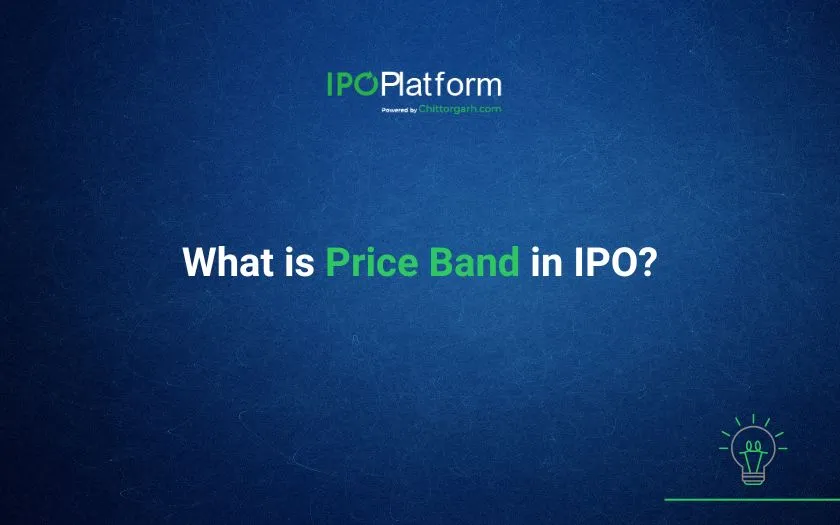
An IPO bound company has to abide by the IPO procedure as regulated by SEBI for Mainboard IPO. NSE Emerge and BSE SME have also set out the IPO and listing requirements for listing on SME platform of stock exchanges of India.
The IPO process includes the calculation of IPO price band that would determine the IPO Size. Let’s understand what is IPO price band and how price band of IPO is determined?
Know the IPO Eligibility Criteria for Mainboard and SME IPO Eligibility
What is Price Band in IPO (Initial Public Offer)?
The Price Band in an IPO shows the minimum and maximum price range within which investors can bid for shares. It plays a very important role in determining the final Issue price through the book-building process.
This range is carefully set based on an in depth evaluation of various factors, including company fundamentals, historical performance, industry benchmarks, peer valuations, growth potential, market sentiment. A detailed financial analysis ensures that pricing decisions are aligned with market conditions.
What factors influence the determination of the price band?
The price band in an IPO is determined by both qualitative and quantitative factors. These factors help evaluate the fair market value of the company and provide investors with a clear basis to assess whether the offer price is reasonable and aligned with the company’s performance and potential.
Following are some important factors influencing the Price Band:
1. Qualitative Factors
These are non-numerical aspects that reflect the company’s overall strength, operations, and market potential. Some of the key qualitative factors include:
- Proven track record and consistent growth
- Strong and experienced promoters and management team
- High-quality services and customer satisfaction
- Efficient operational methods
- Optimal use of resources and strategic location of facilities
- Integrated and sustainable business model
- Good relationships with customers and stakeholders
- Quality assurance and reliable deliverables
These factors reflect the overall image, trustworthiness, and long-term potential of the company, which supports its value in the market.
2. Quantitative Factors
These are financial indicators based on financial data and ratios that help analyze the company's performance compared to industry standards. They include:
- Basic and diluted Earnings Per Share (EPS)
- Price to Earnings (P/E) Ratio
- Industry P/E comparison
- Return on Net Worth (RoNW)
- Net Asset Value (NAV) per equity share
- Key financial ratios compared with listed industry peers
These factors provide an objective measurement of the company’s financial health, profitability, IPO valuation and form the Basis for Issue price.
The qualitative factors and the financial metrics mentioned above are available in the Draft Offer Document (DRHP) and can be readily referred to by the investors.
Who is responsible for deciding the Price Band?
In an IPO, the price band is determined by the Issuer company in consultation with its lead managers or merchant bankers as part of the IPO process. This decision is based on key IPO criteria and factors influencing the pricing of the Issue as mentioned above.
What are the Issue Types for listing?
A company in India can gets its shares listed on stock exchanges through following IPO Type
- Fixed Price Issue: In Fixed Price Issue, the price of shares is predetermined by the company in consultation with the merchant banker and investors can apply at that fixed price.
- Book Built Issue: In Book Built Issue, the company in consultation with the Book Running Lead Manager, sets a price band in which investors can apply for the shares. In the Book Building Method, the Price Band is the range within which investors can place bids for an IPO. It consists of a floor price (minimum price) and a cap price (maximum price). The final issue price is determined based on investor demand within this range, ensuring fair price discovery by the Issuer company.
What are the SEBI ICDR regulations regarding disclosure of IPO price band in newspapers?
Mandatory Disclosure Requirements regarding advertisement in newspaper:
- Announce the price band at least two working days before the Issue opens or before IPO open date.
- Publish the price band in the same newspapers where the pre-Issue advertisement (required at the time of DRHP) was released.
- Alternatively, announce the price band together with the pre-issue advertisement (following the format in Part A of Schedule X, (Format of Pre Issue Advertisement).
- The announcement of the price band as above must include:
- Relevant financial ratios for both upper and lower limits of the price band.
- A statement directing investors to the “Basis of Issue Price” section in the RHP.
Can price band of IPO be revised?
- The price band in an IPO can be revised any time before the closure of the Issue.
- This flexibility is provided to the company and its Book Running Lead Manager (BRLM) to ensure that the pricing remains aligned with market conditions, investor sentiment, and the overall demand for the Issue during the bidding period.
- The revision is generally done when there's a noticeable difference in market response or valuation expectations, and the company may choose to adjust the band either upward or downward to attract the right set of investors.
- If the price band is revised in a book-built IPO, the bidding period can be extended by at least three working days, but the total bidding period cannot go beyond ten working days.
- Investors shall check for any updates about the revised price band by referring to official announcements made on the websites of the stock exchanges and the Book Running Lead Manager (BRLM).
What are the SEBI rules regarding the price and price band in an IPO as per ICDR regulations?
As per regulation 250 of SEBI's ICDR regulations, the following rules apply regarding price and price band in an IPO:
-
In a fixed price issue, the company can mention the exact price or a price band in the offer document (RHP).
- In a book-built issue, the company can mention a floor price or price band in the red herring prospectus and decide the final price later, before filing the final prospectus.
- The final prospectus must show only one final price.
- The highest price in the price band cannot be more than 120% of the lowest price (floor price).
- The floor price or final price must not be less than the face value of the shares.
- The company must announce the floor price or price band at least 2 working days before the IPO opens.
- This announcement must be published in one English national newspaper, one Hindi national newspaper, and one regional language newspaper where the company’s registered office is located.
- The announcement must include financial ratios for both the lowest and highest price in the price band.
- The same announcement and financial ratios must be available on the websites of the SME exchanges.
- The information should also be pre-filled in the online IPO application forms.
As per the rules mentioned in the SCHEDULE XIII of Book Building of SEBI ICDR regulations, 2018, with respect to price band:
If the company decides to use a price band (instead of just a floor price), it must follow these rules:
- The highest price (cap) in the price band should be no more than 20% higher than the lowest price (floor).
- For example, if the floor price is ₹100, the cap can be up to ₹120.
- The cap should also be at least 105% of the floor price (so, minimum ₹105 if the floor is ₹100).
- The company can revise the price band during the bidding period, but:
- The floor price can go up or down by a maximum of 20%.
- The revised cap however shall align with the above condition.
- If the price band is revised, the company must
- Inform the stock exchanges
- Publish a public notice
- Update the change on its website and at the terminals of syndicate members (like brokers or banks helping with the IPO)
- If the price band is changed, the bidding period must be extended as per SEBI rules.
- If the company lowers the price band and that causes a shortfall in project funding, it must
- Clearly explain how the gap will be covered in the red herring prospectus or the public notice.
- Shares cannot be allotted unless the funding gap is fully arranged.
Illustration of Book Building process and Price Discovery process:
Bidders should note that this example is solely for illustrative purposes and is not specific to the Issue; it also excludes Bidding by Anchor Investors. Bidders can bid at any price within the Price Band. For instance, assume a Price Band of ₹20 to ₹24 per share, Issue size of 3,000 Equity Shares and receipt of five Bids from Bidders, details of which are shown in the table below. The illustrative book given below shows the demand for the Equity Shares of the Issuer at various prices and is collated from Bids received from various investors.
|
Bid Quantity |
Bid Amount (₹) |
Cumulative Quantity |
Subscription (%) |
|---|---|---|---|
|
500 |
24 |
500 |
16.67% |
|
1000 |
23 |
1500 |
50.00% |
|
1500 |
22 |
3000 |
100.00% |
|
2000 |
21 |
5000 |
166.67% |
|
2500 |
20 |
7500 |
250.00% |
The price discovery is a function of demand at various prices. The highest price at which the Issuer is able to Issue the desired number of Equity Shares is the price at which the book cuts off, i.e., ₹22.00 in the above example. The Issuer, in consultation with the Book Running Lead Manager, may finalize the Issue Price at or below such Cut-Off Price, i.e., at or below ₹22.00. All Bids at or above this Issue Price and cut-off Bids are valid Bids and are considered for allocation in the respective categories.
How the Final Issue price is determined?
The Final Issue Price in an IPO is determined by investor demand during the book-building process within the Price Band. Investors place bids at different prices within the given range (floor price to cap price). After the bidding period closes, the price at which the highest demand for application is received becomes the final Issue price.
Conclusion
The IPO Price Band plays a crucial role in the price discovery process and ultimately impacts the valuation and success of an IPO. It reflects a carefully calculated range derived from both qualitative aspects like the company’s track record, management strength, and business model, as well as quantitative factors such as EPS, P/E ratios, RoNW, and industry comparisons.
In a Book-Built Issue, the price band empowers investors to participate in the bidding process within a transparent and regulated framework, ensuring that the final issue price is determined by actual demand in the market. The Issuer company, in consultation with its lead manager in India, is responsible for setting and revising this band, subject to SEBI's ICDR regulations, which ensure transparency, adequate disclosures, and investor protection.
Ultimately, a well-set and well-communicated price band encourages investor confidence, supports efficient capital raising, and promotes market integrity. The SEBI-mandated procedures—ranging from disclosures to revision flexibility—ensure that the IPO process is fair and aligned with prevailing market dynamics.


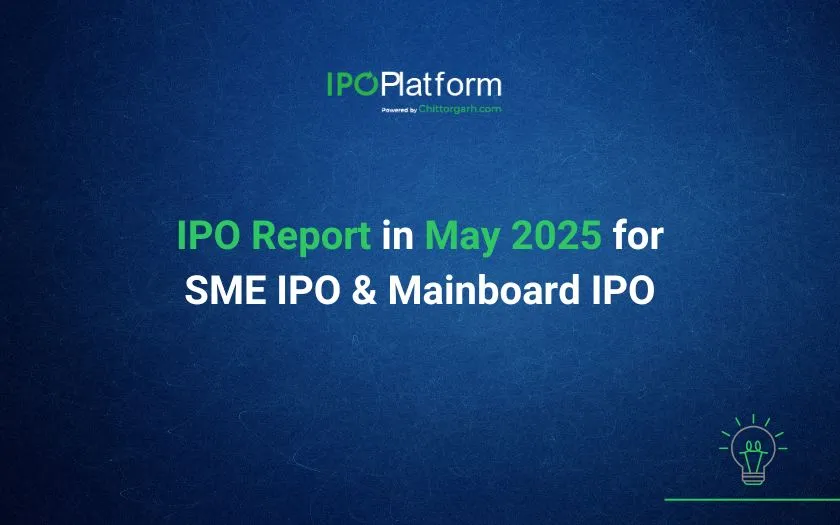
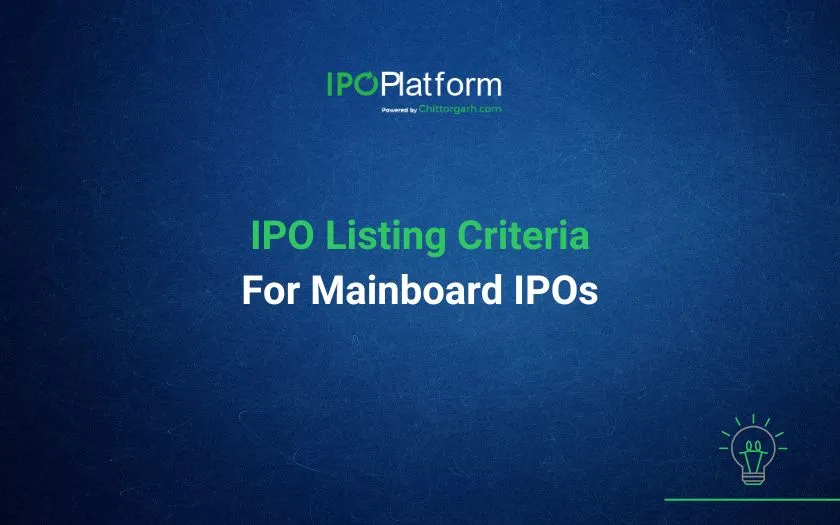
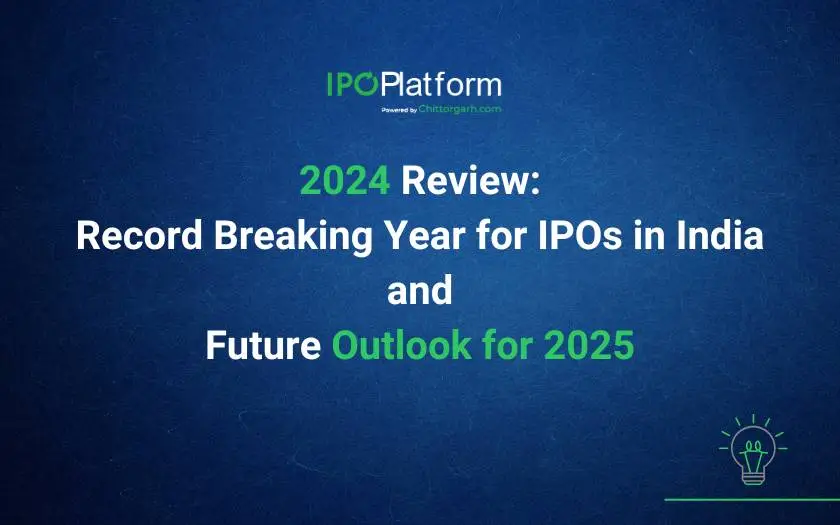
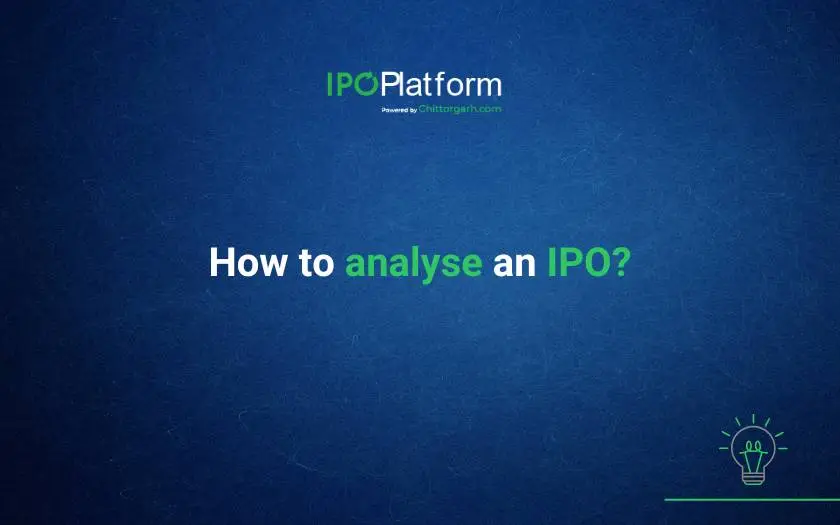
0 Comments